5 Effective Treatments
For Shin Splints
By Lance Penn - Senior Podiatrist
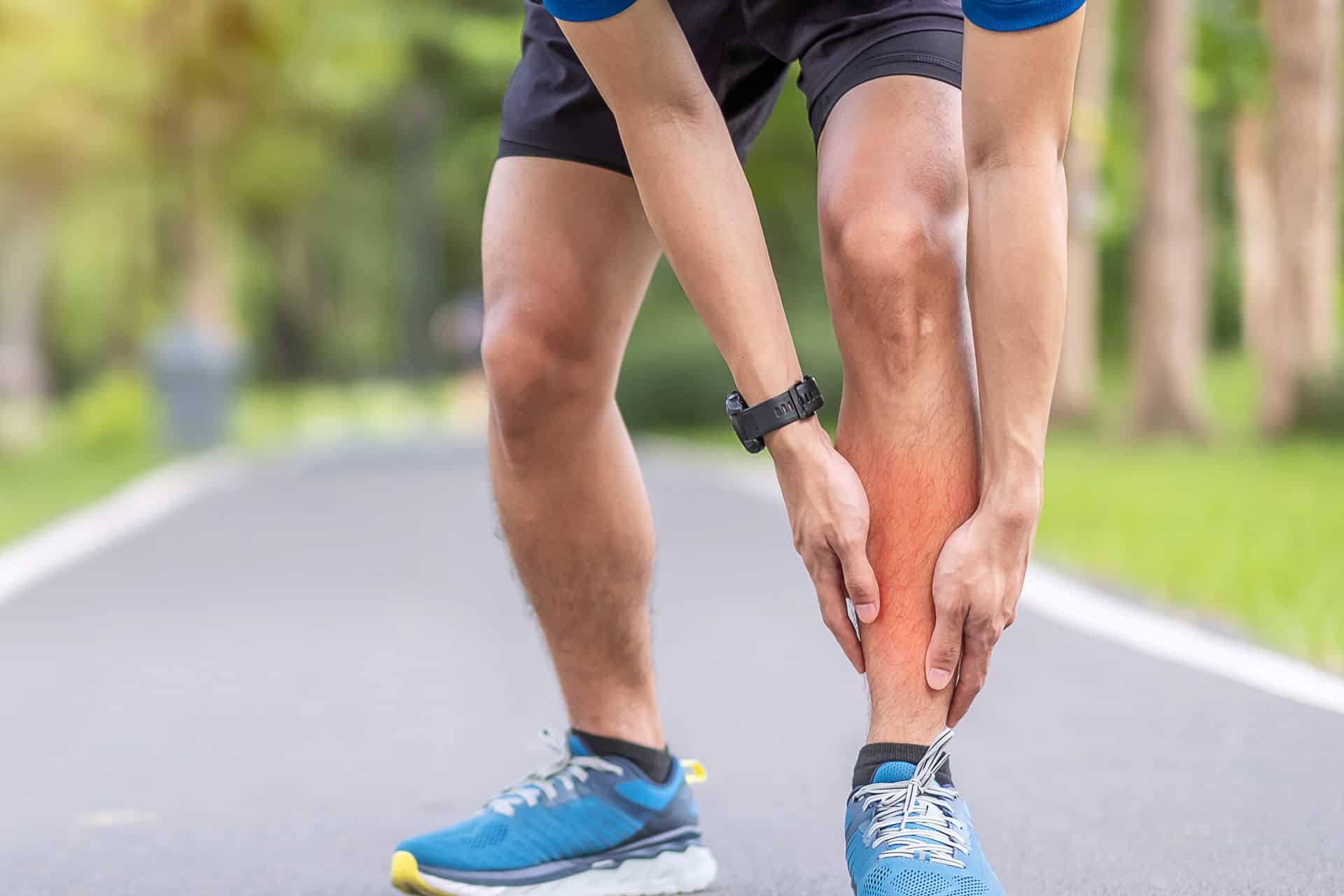
Shin splints can be a real pain for runners, athletes, and fitness enthusiasts. This common condition, medically known as medial tibial stress syndrome, can sideline even the most dedicated individuals.
Understanding shin splints and their treatments is crucial for anyone experiencing lower leg pain. It’s not just about managing the discomfort, but also promoting healing and preventing future occurrences.
In this article, we delve into effective treatments for shin splints. From initial strategies to exercises, footwear considerations, and when to seek medical attention, we cover it all.
Whether you’re a seasoned athlete or a fitness newbie, this guide will provide you with actionable advice to tackle shin splints head-on.
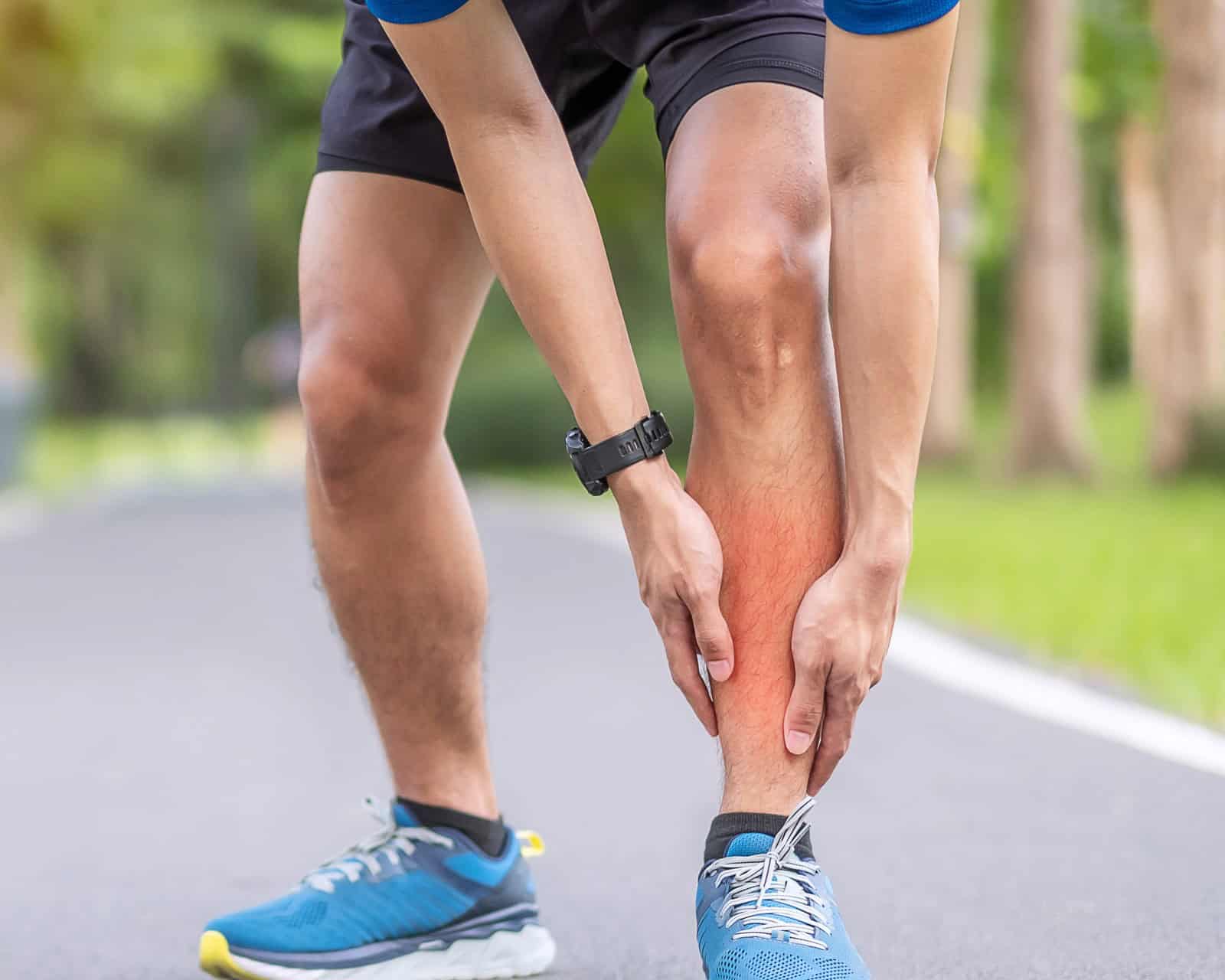
Not sure how bad your shin pain is?
Take this quiz to find out.
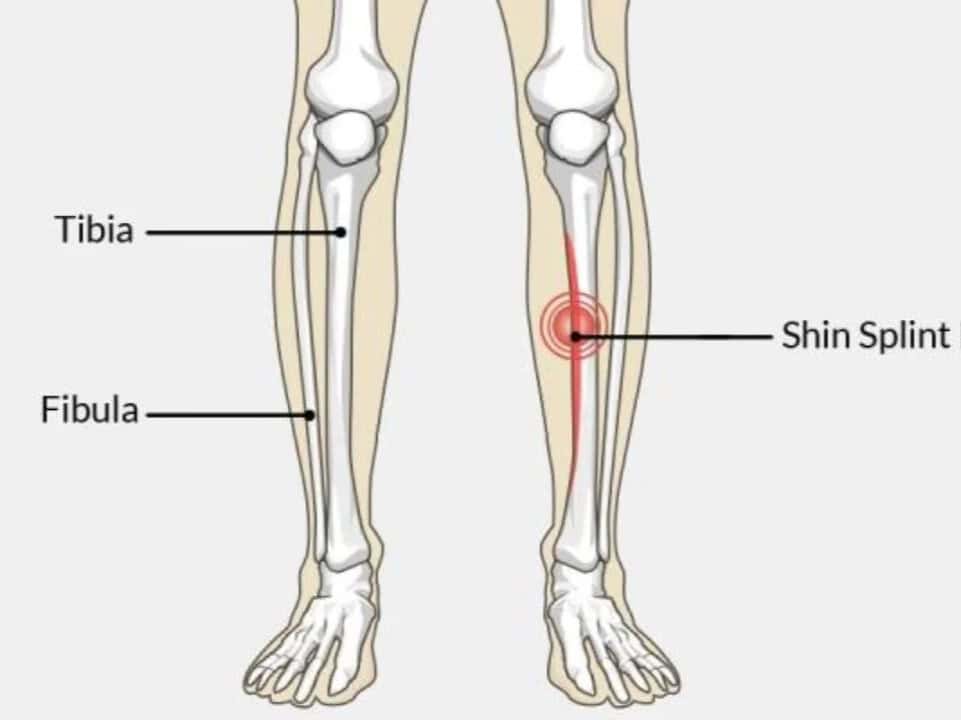
Understanding Shin Splints
Shin splints refer to pain along the inner edge of the shinbone, or tibia. This discomfort is often sharp or throbbing, making it difficult to walk or run.
Shin splints occur when the muscles, tendons, and bone tissue around the shinbone become inflamed. This inflammation is usually due to overuse or excessive stress on the lower leg.
Common Causes and Symptoms
Shin splints are often caused by sudden changes in physical activity. This could be an increase in the intensity, frequency, or duration of workouts.
Improper footwear can also contribute to shin splints. Shoes that lack adequate support or cushioning can put extra stress on your shins.
Poor running mechanics, such as overpronation or underpronation, can lead to shin splints. These issues can cause uneven distribution of weight and stress on your shins.
Symptoms of shin splints include sharp or throbbing pain along the inner edge of the shinbone. The area may also be tender and swollen.
5. Initial Home Strategies
The first step in treating shin splints is rest. This allows the inflamed tissues to heal. Applying ice to the affected area can also help. It reduces swelling and numbs the pain. Over-the-counter pain relievers can be used to manage discomfort. Here are a few options:
- Ibuprofen
- Voltaren
Remember, these are temporary solutions. They do not address the root cause of shin splints.
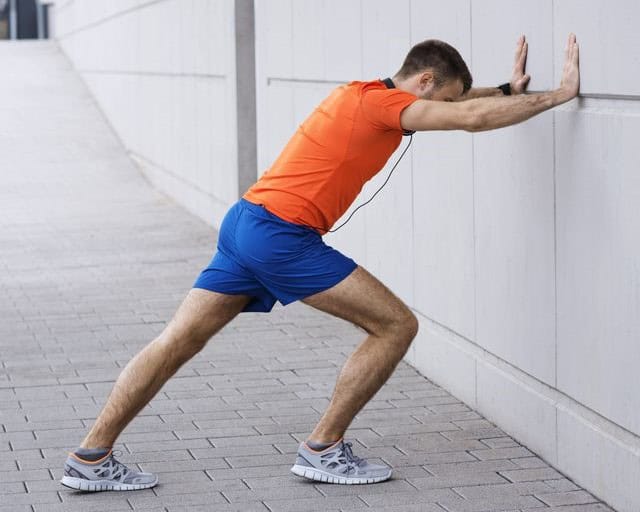
Stretching and Strengthening Exercises
Stretching can help alleviate tightness in the muscles surrounding the shin. It’s a key part of shin splint treatments.
Strengthening exercises are also beneficial. They build the muscles in the lower legs, improving stability and reducing stress on the shins.
Here are a few exercises to consider:
- Calf stretches
- Heel drops
- Toe curls
- Resistance band exercises
Remember, always warm up before starting these exercises to prevent further injury
4. New Shoes
Shin splints can be a frustrating roadblock for runners. The pain can put a damper on your training and leave you wondering if your shoes are to blame. While there are many factors that contribute to shin splints, choosing the right footwear can make a big difference. Here, we explore some of the latest running shoes designed to combat shin splints and get you back on track

Plush Cushioning is Key
Shin splints are often linked to excessive impact on the shins. Highly cushioned shoes can help absorb shock and reduce stress on the lower legs. Look for shoes with thick midsoles made from innovative foams like Asics’ FF Blast+ or Brooks’ DNA LOFT v3, which offer both plush comfort and responsiveness.
Supportive Stability Matters
For runners who overpronate (when the foot rolls inward too much), stability features can help keep the foot aligned and prevent excessive strain on the shins. Look for shoes with medial posts or guide rails that provide subtle support without sacrificing a natural running motion.
Lightweight Doesn’t Mean Less Protection
New technologies allow for shoes to be lightweight while still offering ample cushioning. Brands like Hoka One One are known for their maximalist designs, which feature thick soles that are surprisingly light and provide excellent shock absorption.
3. Physical Therapy/Taping
A podiatrist can assess your individual situation and design a treatment plan specific to your needs. Here’s what you can expect:
- Manual therapy: Techniques like massage and mobilization can improve flexibility and reduce pain in the tight muscles surrounding the shin.
- Taping: In the early phases of shin splints taping can be helpful. See this article on taping technique
- Strength training: Exercises that target your core, hips, calves, and shins will improve stability and shock absorption, reducing stress on the shins.
- Balance training: Improving your balance can help prevent excessive inward rolling of the foot (overpronation).
- Stretching: Tight calf muscles can contribute to shin splints. Your podiatrist will recommend stretches to improve flexibility in the calves and other lower leg muscles.
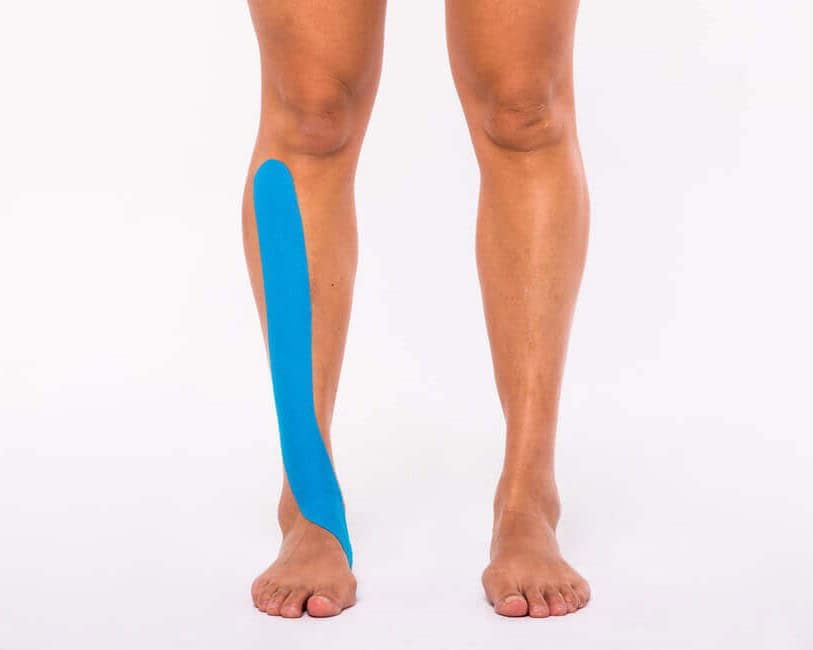
Preventing Shin Splints from Returning
Once you’ve recovered from shin splints, it’s important to prevent them from coming back. Here are some tips:
- Gradually increase your training: Don’t jump back into your old routine too quickly. Increase your mileage and intensity slowly.
- Replace those shoes: Consider replacing your shoes regularly, typically every 500-800 kms.
- Strengthen those muscles: Maintain a regular strength training routine that targets your core, hips, and legs.
- Listen to your body: Don’t push through pain. Take rest days when needed and allow your body to recover properly.
2. Laser For Pain Relief
Laser therapy, also known as low-level laser therapy (LLLT), uses concentrated beams of light to interact with tissues. The specific mechanisms are still being researched, but here are some potential benefits for shin splints:
- Reduced inflammation: Laser therapy is thought to stimulate the production of anti-inflammatory mediators, helping to decrease pain and swelling.
- Improved healing: LLLT may promote cellular repair and regeneration in damaged tissues, potentially accelerating the healing process.
- Pain relief: Laser therapy might influence pain pathways, offering some degree of pain reduction.
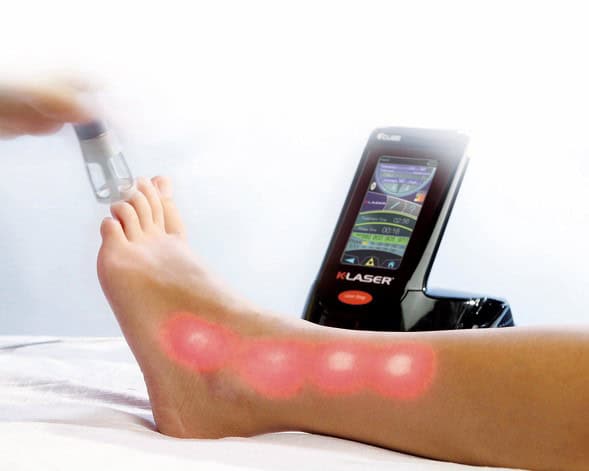
What to Expect During Laser Therapy for Shin Splints
Laser therapy is a non-invasive treatment. A Podiatrist trained in laser therapy will direct a laser beam at the affected area on your shin. Each session typically lasts for a few minutes and may be repeated several times a week for a course of treatment.
Is Laser Therapy Effective for Shin Splints?
Research on the effectiveness of laser therapy for shin splints is ongoing. Some studies have shown promising results, suggesting that it can reduce pain and improve recovery time.
Consult with a Podiatrist
If you’re considering laser therapy for shin splints, it’s important to talk to your podiatrist. They can assess your individual situation, determine if laser therapy is appropriate for you.
Click here for more information about K-Laser
1. Orthotics
Orthotics are shoe inserts designed to support and correct specific foot problems. Here’s how they can benefit shin splints:
- Improved Arch Support: Orthotics can provide additional arch support, especially for people with flat feet. This helps distribute pressure more evenly across the foot, reducing stress on the shins.
- Enhanced Biomechanics: Custom orthotics can address overpronation by correcting your foot’s alignment. This reduces the inward rolling motion, lessening strain on the shins.
- Shock Absorption: Some orthotics incorporate shock-absorbing materials, further reducing impact on the shins.
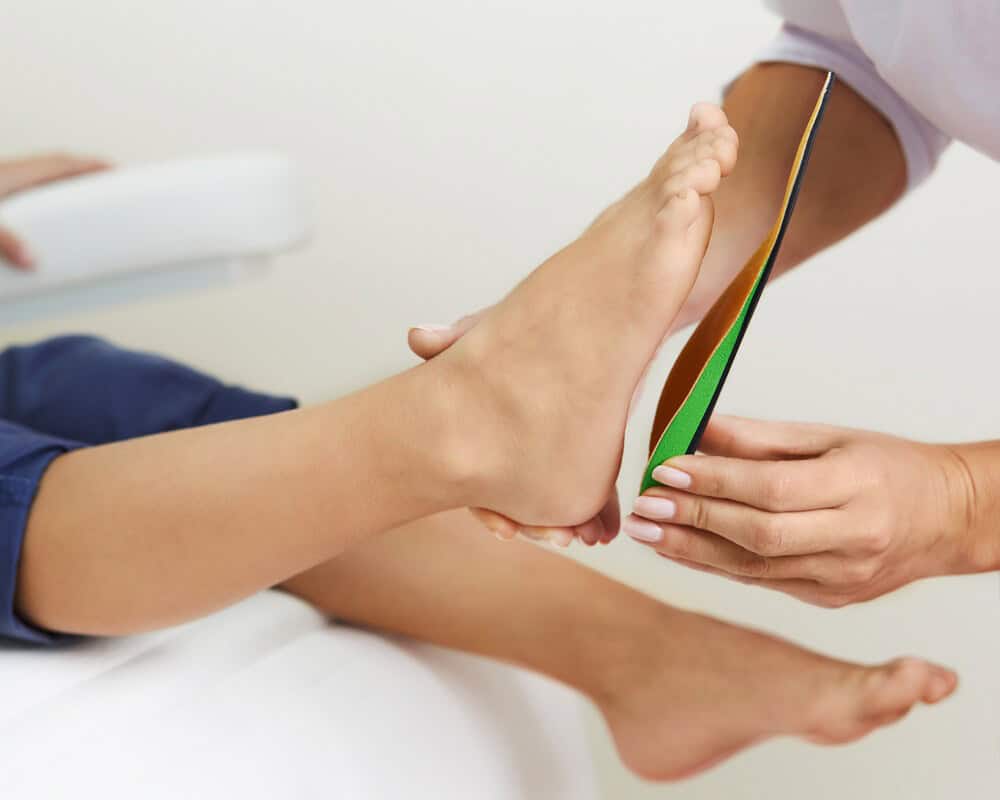
Types of Orthotics for Shin Splints
There are two main types of orthotics:
- Over-the-counter (OTC): These are readily available at pharmacies and sports stores. They offer general support and may be helpful for mild shin splints.
- Custom orthotics: These are created by a podiatrist after a gait analysis and foot impression. They provide the most precise support and are ideal for addressing specific biomechanical issues that contribute to shin splints.
Benefits of Custom Orthotics
While OTC orthotics can offer some relief, custom orthotics have several advantages:
- Personalised Support: Custom orthotics are tailored to your unique foot anatomy and biomechanics, providing the most targeted support.
- Improved Comfort: A well-fitted custom orthotic can enhance comfort and stability while running or walking.
- Reduced Risk of Recurrence: By addressing the underlying biomechanical cause of shin splints, custom orthotics can help prevent future flare-ups.
Click here to learn more about custom orthotics
Conclusion
Shin splints don’t have to sideline you for good. By incorporating a variety of strategies, you can effectively address the pain and prevent future flare-ups. Listen to your body, prioritise rest during the healing process, and gradually increase your activity level. Consider consulting with a podiatrist for personalised guidance. They can assess your situation and recommend a treatment plan that might include physical therapy exercises, orthotics for improved support, or even laser therapy to accelerate healing. Remember, a combination of these approaches, along with smart training practices and proper footwear, will pave the way for a pain-free return to your favourite activities.







